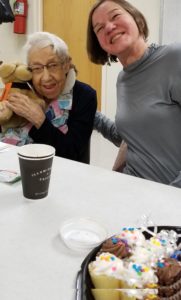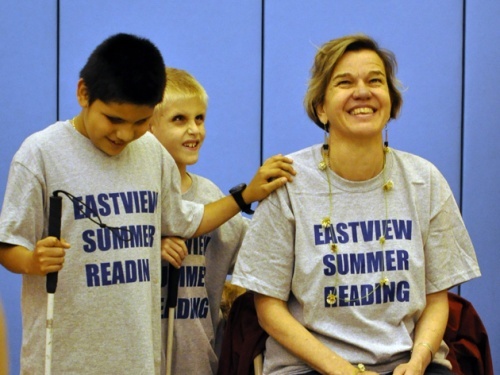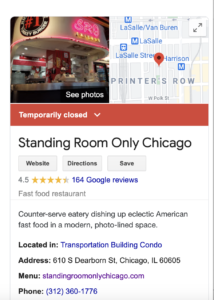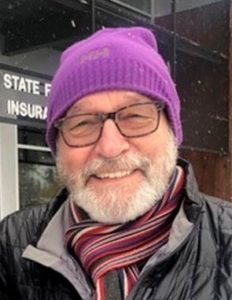Mondays with Mike: Fine females
October 19, 2020 • 7 Comments • Posted in Mike Knezovich, Mondays with Mike, politicsAs is common these days, my thoughts are fragmented. And so is today’s post: I give you a sample of females that are by my lights, fantastic.
First, Chicago Mayor Lori Lightfoot was asked whether she was an originalist when it comes to interpretation of the U.S. Constitution. Originalism aims to follow how the constitution would have been understood or was intended to be understood at the time it was written.
Lightfoot was direct. To paraphrase, she said that at the time, the framers did not recognize her as a human being. So, that would be no. Case closed. You can listen to it here.
Then I came across a comment on the abortion issue from a Benedictine Sister Joan Chittister. It actually dates back to 2004 but the National Catholic Reporter wrote a story when it went viral recently. It goes as follows:
I do not believe that just because you are opposed to abortion, that that makes you pro-life. In fact, I think in many cases, your morality is deeply lacking if all you want is a child born but not a child fed, a child educated, a child housed. And why would I think that you don’t? Because you don’t want any tax money to go there. That’s not pro-life. That’s pro-birth. We need a much broader conversation on what the morality of pro-life is.
Here, here, sister.
Then, Beth got an email from the Chicago History Museum. Since the pandemic started, the Museum has emailed little nuggets of history to members and email subscribers. Here’s an excerpt:
In 1992, when Dr. Mae Jemison became the first Black woman to travel into space, she fulfilled one childhood dream while highlighting another interest—dance. Both of these lifelong passions began while growing up in Chicago.
Mae Jemison was born in Decatur, Alabama, on October 17, 1956. The youngest of three children, she was three years old when her family moved to Chicago, first living in Woodlawn and eventually settling in Morgan Park.
It’s titled A Dancer among the Stars. It’s worth the full read.
Finally, several years ago I wrote a piece for University of Chicago Magazine about the study of cephalopods—octopuses in this instance. (If you click on that link to article, be sure to watch the video at the top of the story.) It was a terrific experience as it taught me how remarkable the creatures are. So much so that my editor on that project and I, to this day, share any new discoveries we come across about octopuses. The other day she texted me: You’ve got to see this movie. It’s called “My Octopus Teacher.”Among other things, she said it was heartbreaking.
Hmm. My memory went back to my childhood, sobbing uncontrollably after reading the end of Charlotte’s Web. But, Beth heard the filmmaker interviewed on NPR and was also intrigued.
So yesterday, we watched it on Netflix.
It’s absolutely stunning. Short story: A man snorkels every day for a year, observing and befriending a female octopus. The filmmaking is superb, but while it’s definitely visual, the filmmaker narrates his experience beautifully, so Beth could enjoy it in her way.
It isn’t just about the creatures in the sea, it’s a spiritual investigation into humans’ relationship with nature.
It’s inspiring, and provides a great escape in these times.



